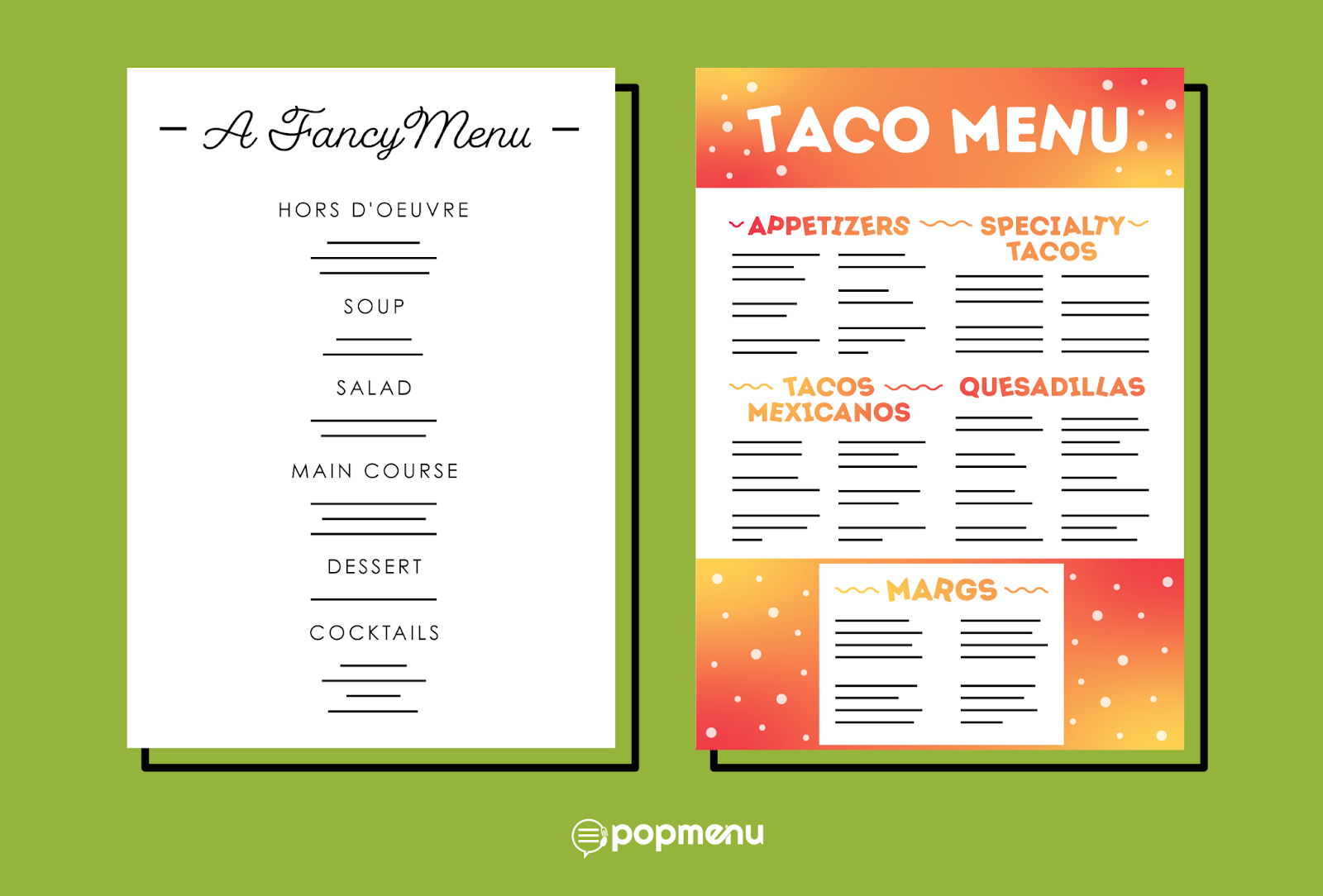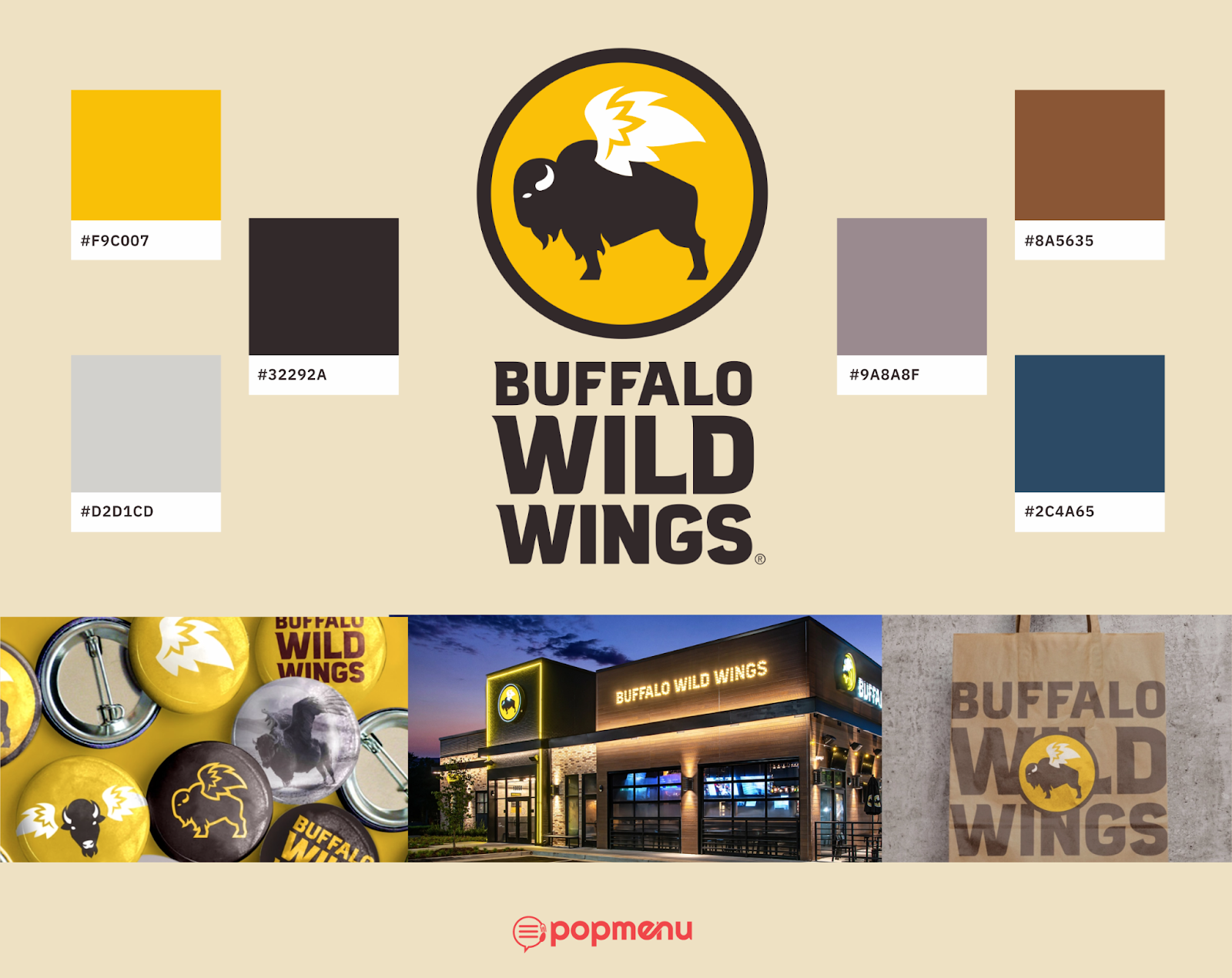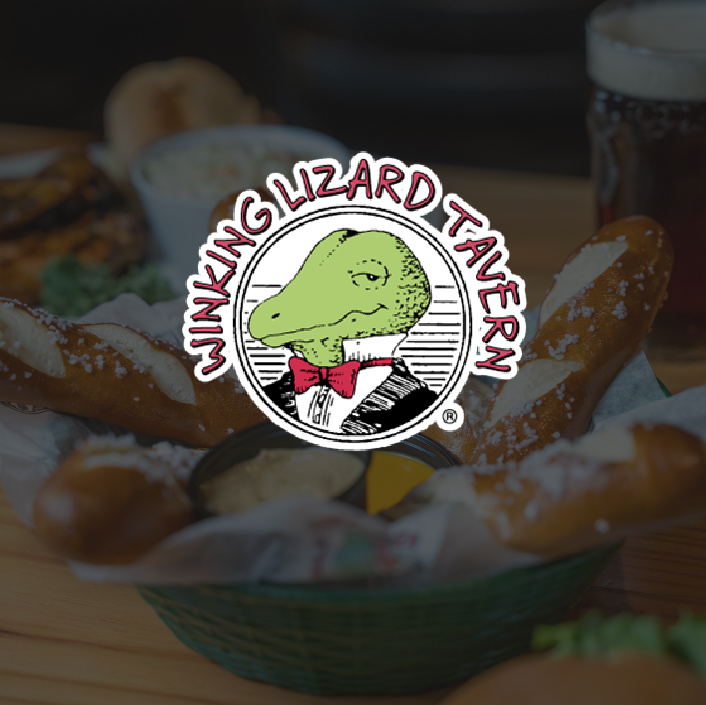
The ultimate guide to restaurant branding

Explore this content with AI
ChatGPT | Perplexity | Claude | Google AI | Grok
But building a brand from the ground up is no easy task. If you’re looking for an ultimate guide to restaurant branding—what it is, why you need to do it, and a step-by-step brand-building blueprint—you’ve come to the right place!
What Is Restaurant Branding?

Restaurant branding is a little bit of a catch-all term for all the ways your restaurant communicates its personality, identity, values, and goals. Ideally, a restaurant’s brand should be omnipresent in everything it does: Its ambiance, concept, decor, printed materials, digital presence, and more.
Why Is Restaurant Branding So Important?
Restaurant branding, when done well, helps build an emotional connection with guests. It makes everything about your restaurant feel cohesive and comfortable. Some aspects of your restaurant’s brand can even help build loyalty and attract new guests to your restaurant.
Building a Restaurant Brand
Building a restaurant brand can seem overwhelming to restaurant owners who aren’t experienced in branding and marketing. Below, we’ll walk through the 7 most important elements to consider when creating and implementing your restaurant's brand strategy.
Brand Voice
One of the most important (and most difficult to create) parts of your restaurant brand is your brand voice. This will include many important parts of your brand, including:
- Your restaurant’s mission and values, including your mission statement, restaurant business goals, brand messaging, and any other important part of who you are and what you stand for.
- Your concept, which is an often overlooked but extremely important factor in any restaurant’s branding.
- Your brand personality, which will help inform the ways you communicate and interact with guests.
Discovering your brand voice may not be easy. It may help to start by asking yourself some questions about your restaurant, like:
- Who are you?
- What are you doing?
- Why are you doing it?
- What do you want to accomplish?
- How will you accomplish it?
Your restaurant’s brand voice is one of the most important, yet least tangible parts of your overall brand. While finding your brand voice can be difficult, that voice will inform almost every other part of your brand. Spend as much time as you need to create a brand voice you’re comfortable with—one that you feel truly represents your restaurant.
Customers
The next element to consider is your restaurant’s customers, which can be broken down into two groups: Your existing customer base, and your target audience.
When thinking about your customers in terms of your brand strategy, it’s important to consider your local market and the demographics of your ideal customers. For example, is your restaurant hip and trendy, attracting a lot of young, single guests? Or is it fast-casual and great for families wanting to grab a bite? Does it cater to a late-night crowd? Do guests visit your restaurant on dates?
One great way to determine your customer base is to talk to the loyal customers you already serve. Ask them what they like about your restaurant, and what type of dining experience they’re looking for when they visit. This can help you hone in on other important elements of your brand, which we’ll discuss in more detail below.
Typography

So far, we’ve discussed some of the less tangible parts of restaurant branding. Now, we’ll move into the elements that make up your restaurant’s visual identity, starting with typography.
This can include fonts and lettering, which should be consistent across all written materials your restaurant uses—from your menu to your restaurant name.
Choose typography that reflects your restaurant’s brand voice and customer base. For example, a chic, elegant font may look out of place at a casual taco joint, while graffiti-style typography, as trendy as it may be, probably won’t fit in at an upscale seafood restaurant.
Color Palette

Just as important as typography is your restaurant’s color palette. The colors you choose to use in your branding should be consistent throughout all your restaurant’s written materials—menu, signs, marketing materials, etc.—but also inside your restaurant.
Like typography, different color choices lend themselves to different restaurant styles. As a general rule of thumb, casual restaurants can feature brighter color palettes, while more formal eateries might lean toward muted colors and neutrals. It’s also important to stick with one color, or choose colors that complement each other well.
Take Buffalo Wild Wings, for example. In the above example, you can see that the brand’s color palette actually reflects its food: Mustard yellows and reddish browns that look like wing sauces. The rest of the color palette is in grays and blues, more masculine colors that match the brand’s typography — large, capital, block letters — and ambiance — industrial and sports-themed.
Images
Different restaurants use images in different ways, and it can be an important part of your overall branding. Whether you use food images on your menu and website, or whether your logo and printed materials contain any sort of graphic or illustration—these are important considerations when building a restaurant brand.
Logo
Logo design often the first thing that comes to mind when restaurateurs think of branding for their businesses. In reality, a restaurant logo is just one small, but extremely important, part of your overall brand strategy. It should incorporate your restaurant’s chosen typography and color palette, and may make use of images.
More importantly, your logo should be recognizable, consistent every time you use it, and should fit your restaurant’s style and vibe. Remember that your logo is one of the most visible parts of your brand strategy, so if you don’t have any graphic design experience, it’s not a bad idea to hire a professional to help create a well-designed, high quality logo.
Ambiance
Many restaurateurs stop there, and don’t consider the seventh element of their brand: Their ambiance. Everything from your restaurant’s interior design to the customer experience you offer is part of—and influenced by—your brand. For example, your interior should reflect your chosen color palette, typography, and imagery. And your brand voice should be heavily influenced by your guest experience.
Where to Use Your Restaurant Branding
Once you’ve decided on all the elements of your brand, it’s time to use them. Brand cohesion is an important part of marketing a small business like a restaurant. Potential customers want to see consistency in a business’s branding—in fact, it helps them develop brand loyalty.
Your restaurant’s branding can be put to use in a variety of ways to create a cohesive brand identity. Here’s where to use it.
Signage
Any signage that represents your restaurant—from the sign on your building to advertisements elsewhere—should reflect your restaurant’s branding. This helps build brand recognition, which means guests who see your branding elsewhere—say, on a takeout container or on social media—will immediately recognize your restaurant.
Printed Items

Your other printed items should similarly reflect your branding, from your restaurant menu design to business cards, flyers, promotional materials, takeout containers, and anything else that may be seen by a potential guest. Similar to signage, this keeps your branding consistent wherever a guest may encounter it, which makes it more recognizable over time.
Menu Items
Branding can even extend to your menu items themselves. For example, a restaurant that has a brand voice that exemplifies it being a small, family-owned, community-oriented business might reinforce that branding by serving something like, “Grandma’s Secret Family Recipe Lasagna.” In this way, even the food you serve can help build your restaurant brand.
Merchandise

This won’t apply to every restaurant, but for some, merchandise is a great way to put your restaurant branding to use to increase profits. Putting your restaurant’s logo on T-shirts, hats, food products, and other merch not only creates a new revenue stream for your restaurant, but further increases the brand’s exposure. When members of your community wear or use your merch, it can serve as restaurant marketing that you don’t have to pay for.
Digital Branding
Digital branding is another important part of building a strong restaurant brand. Your restaurant website, social media, marketing emails, and any other digital presence should reflect your branding, the same way your physical materials and restaurant space do.
Luckily, there’s a simple way for restaurants to build and maintain a strong brand online: Popmenu. From building and managing your website, creating an interactive online menu, running a digital waitlist, reaching guests through automated marketing campaigns, managing social media, and more—Popmenu is the only all-in-one digital tool made just for restaurants.
With Popmenu, your digital assets are fully customizable so you can create an online presence that fits seamlessly into your overall brand. What’s even better is that Popmenu makes the process of building and managing your restaurant’s digital presence easy and affordable.
Successful restaurant branding is no easy feat. But with Popmenu, it can be easier than even to build a seamless restaurant brand—from in-person to online. Schedule your free Popmenu demo today.





.jpeg)






